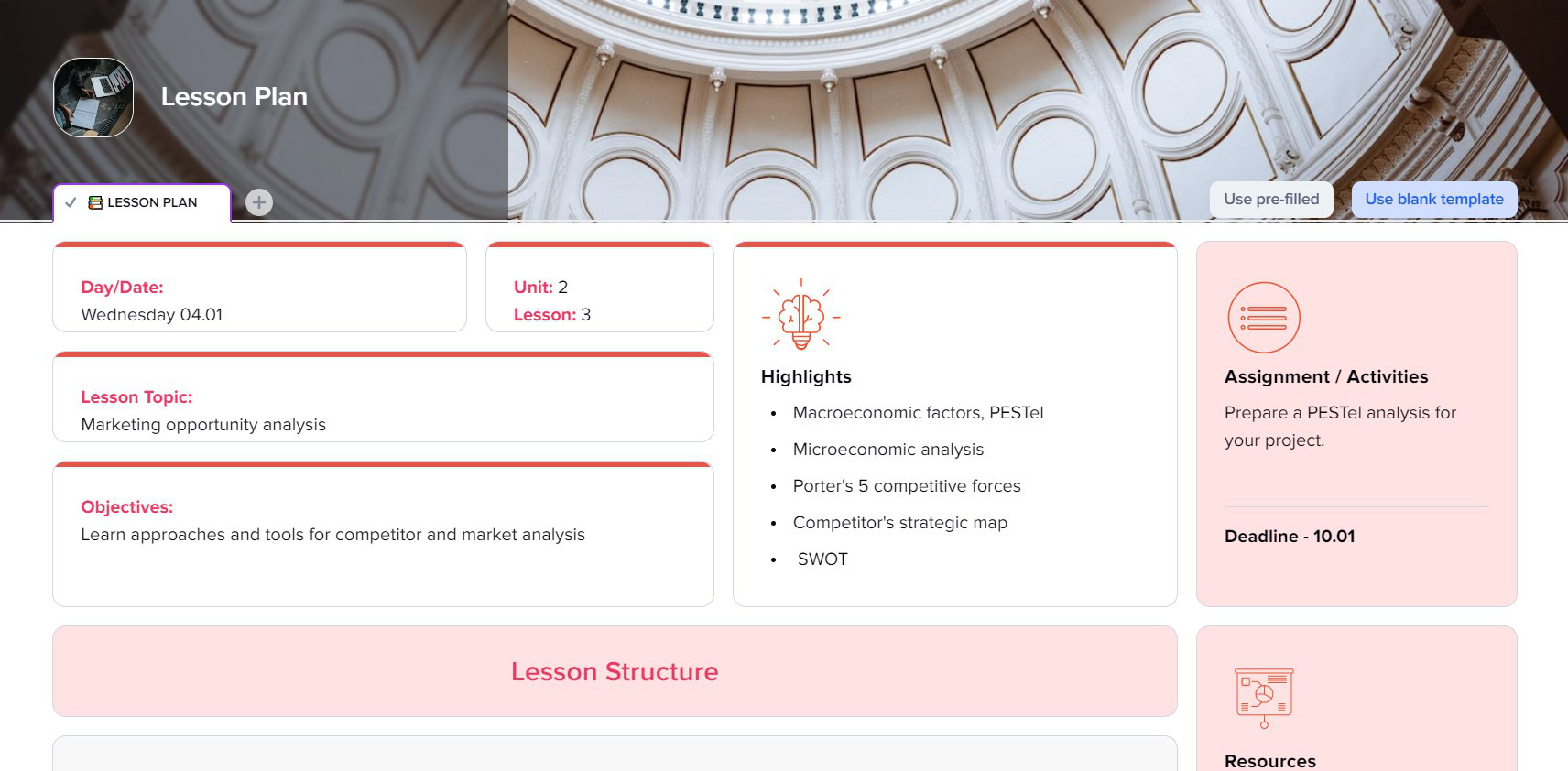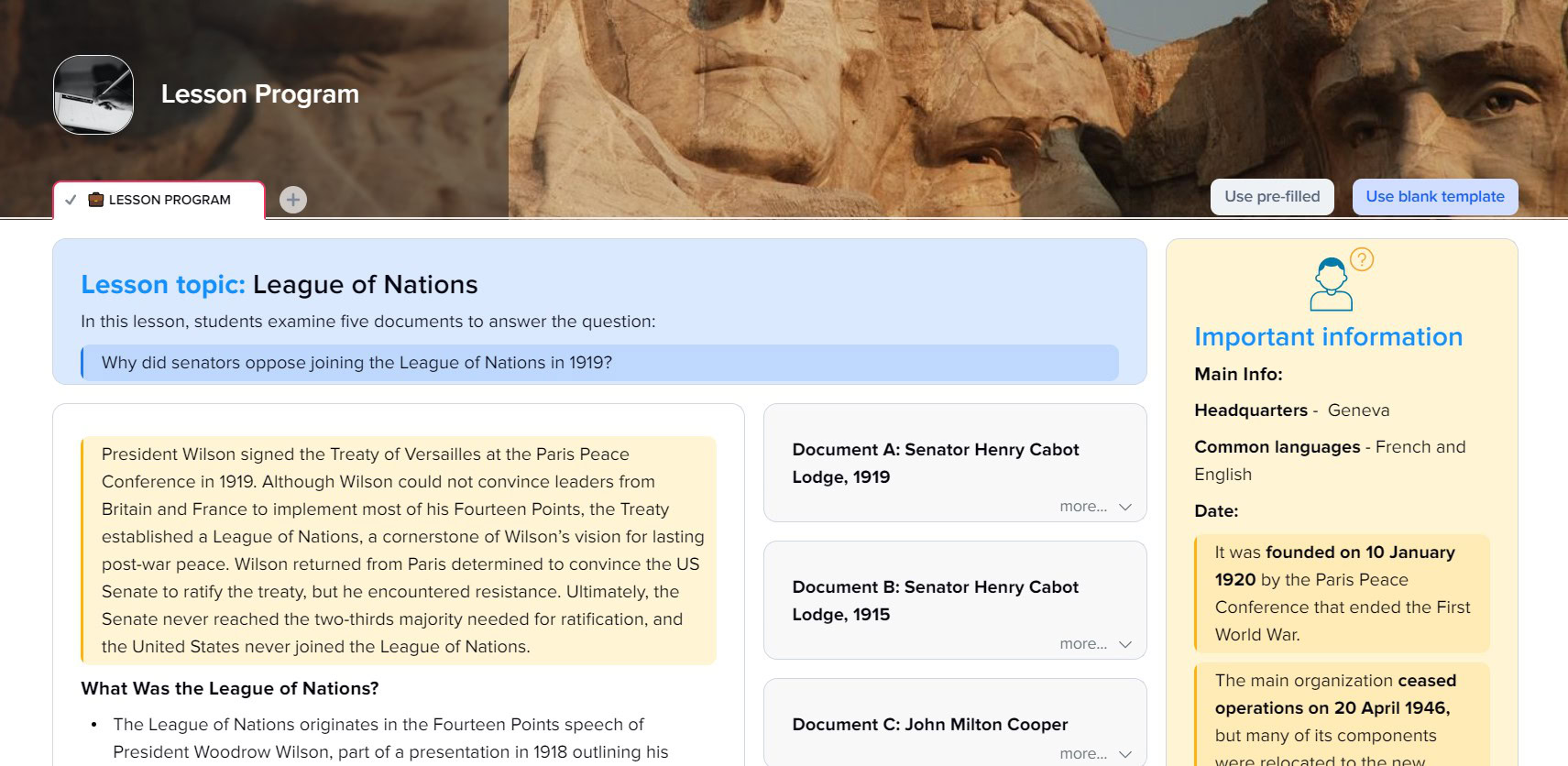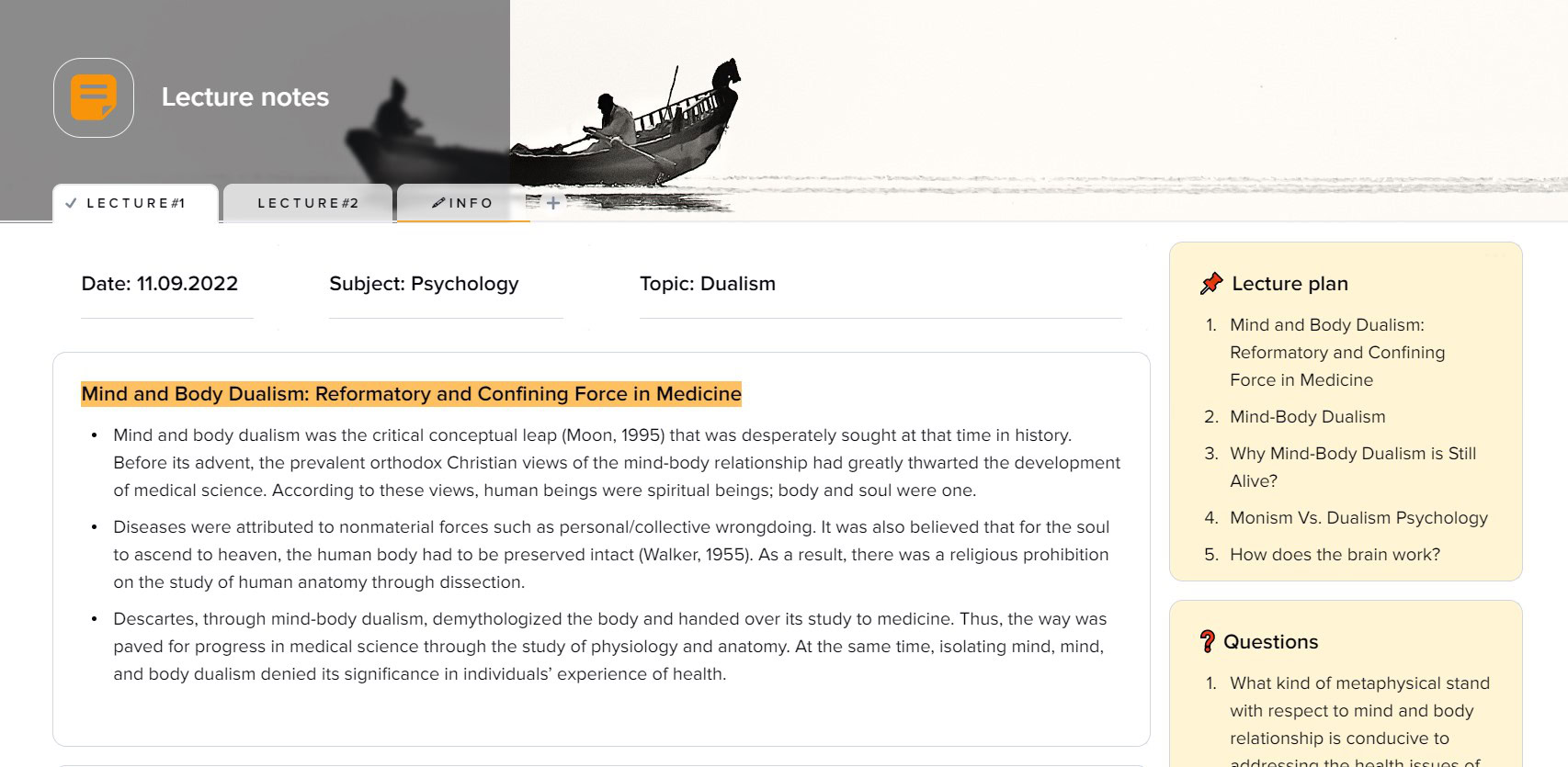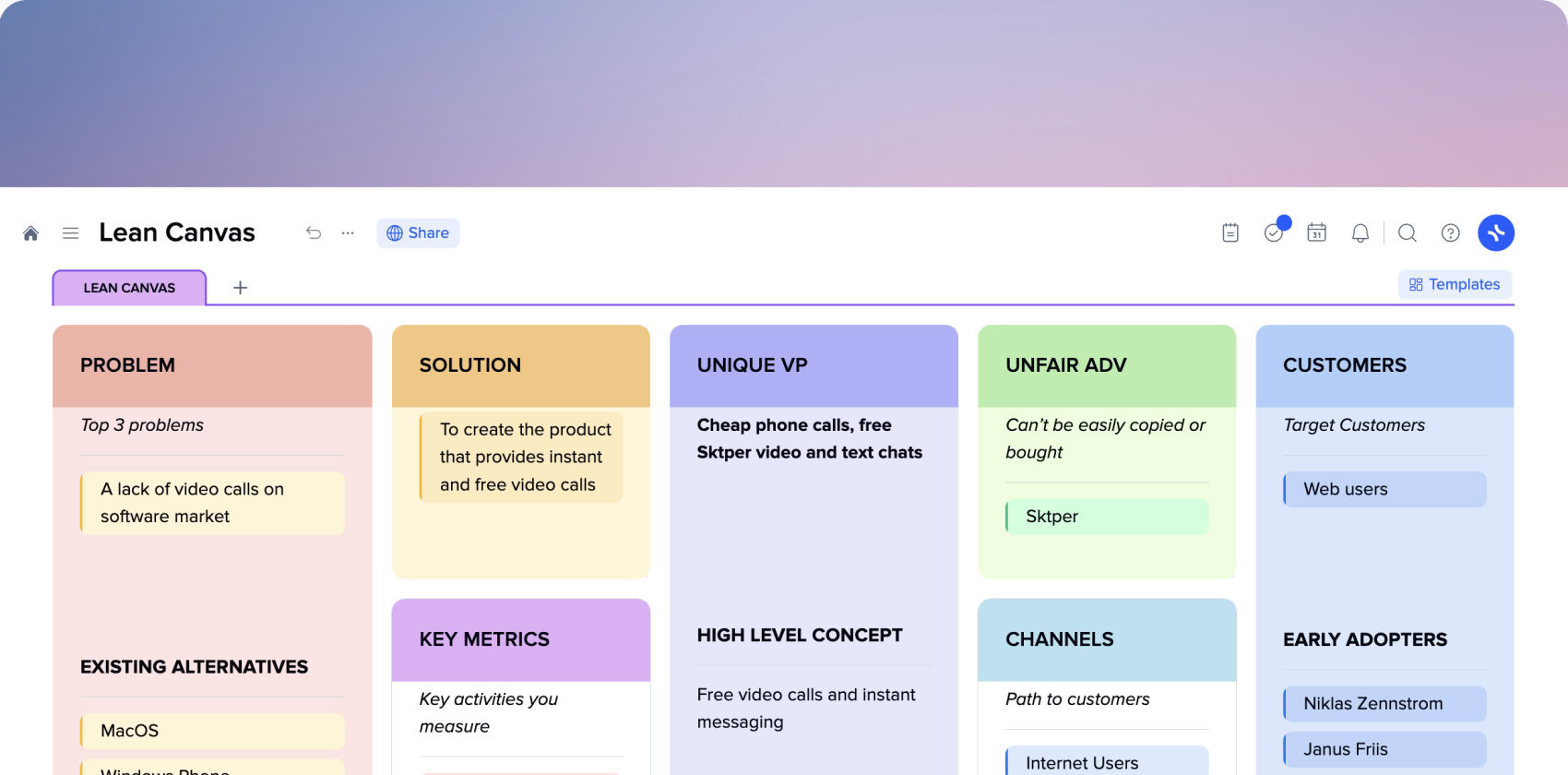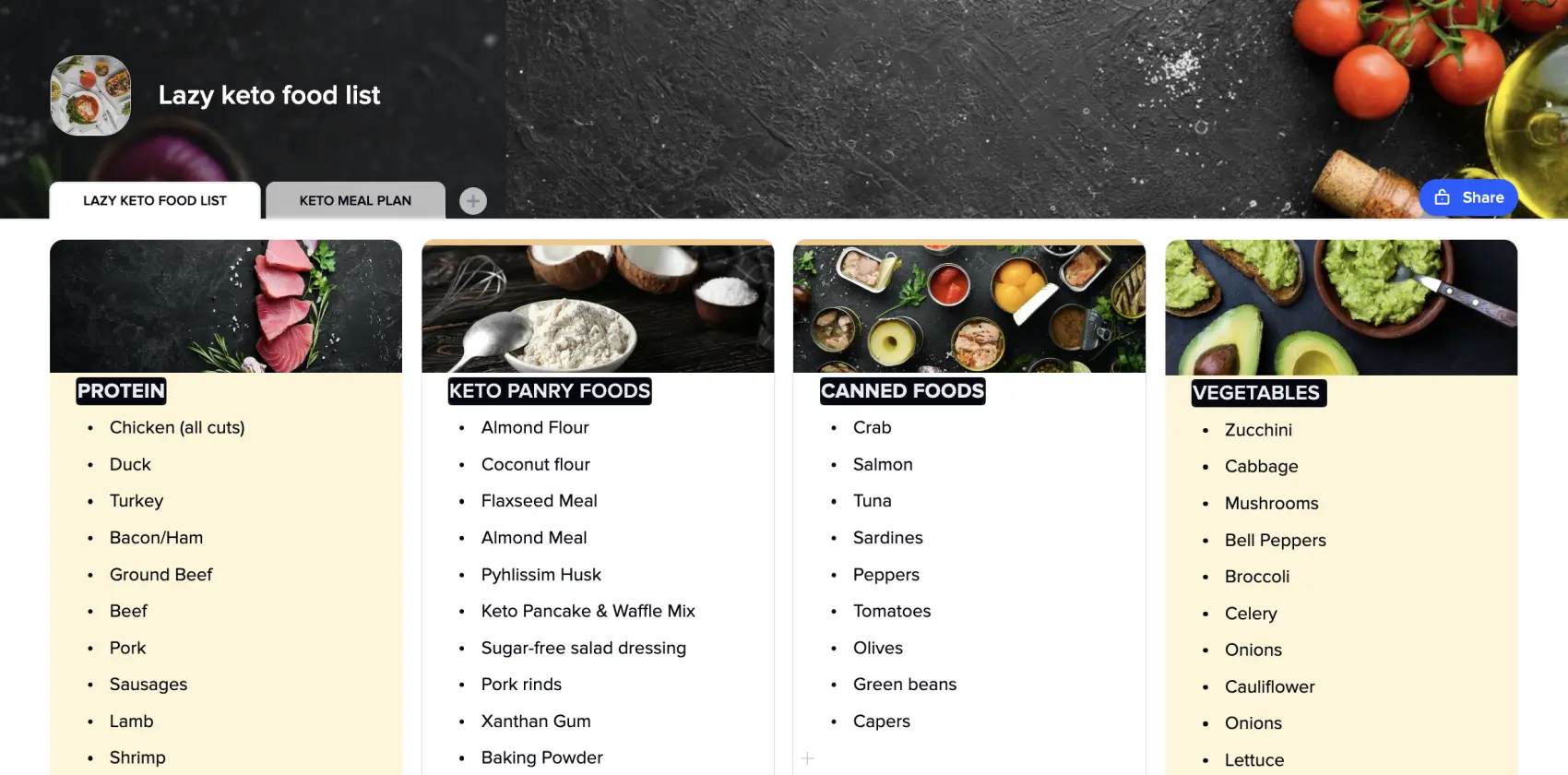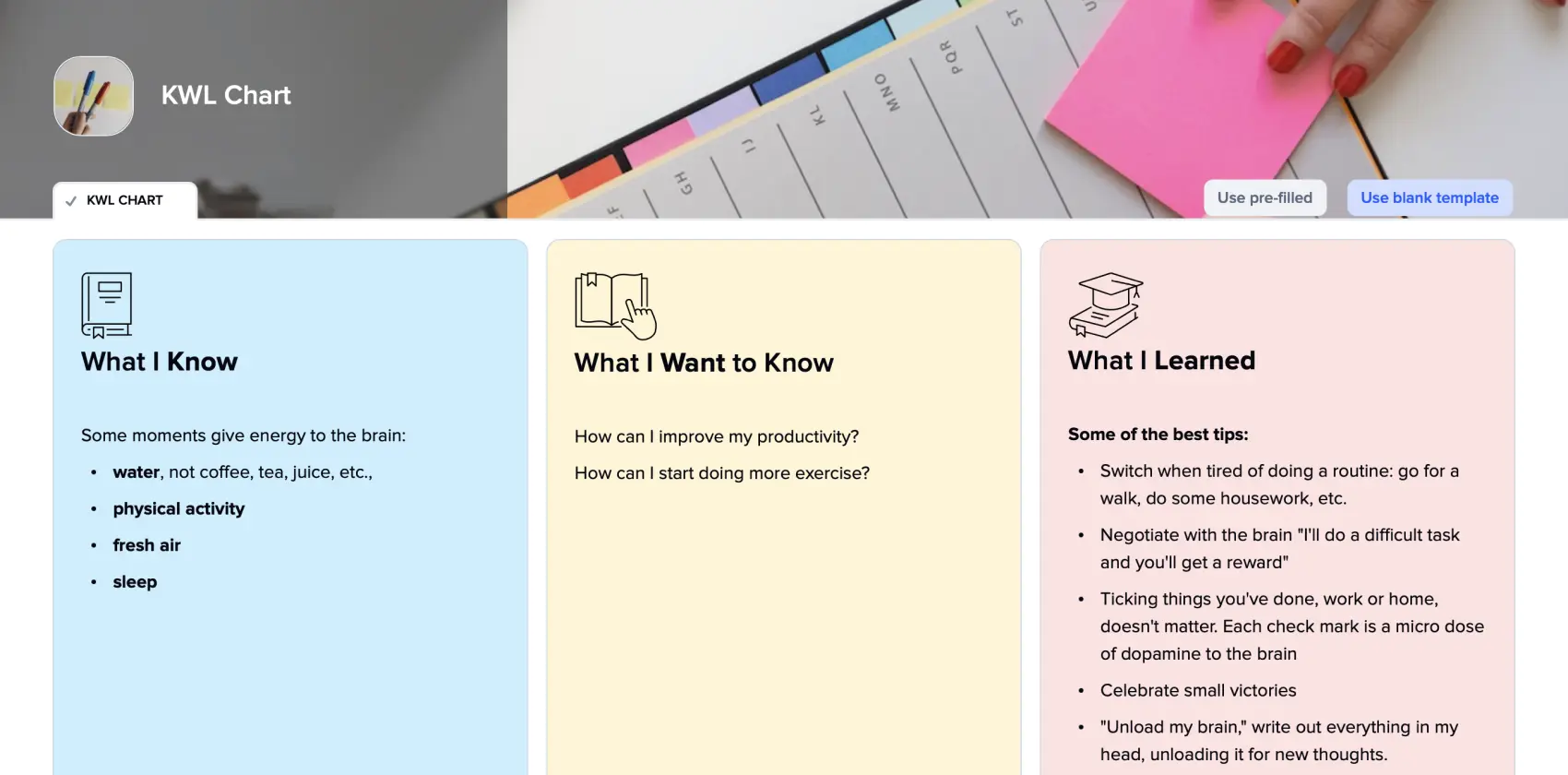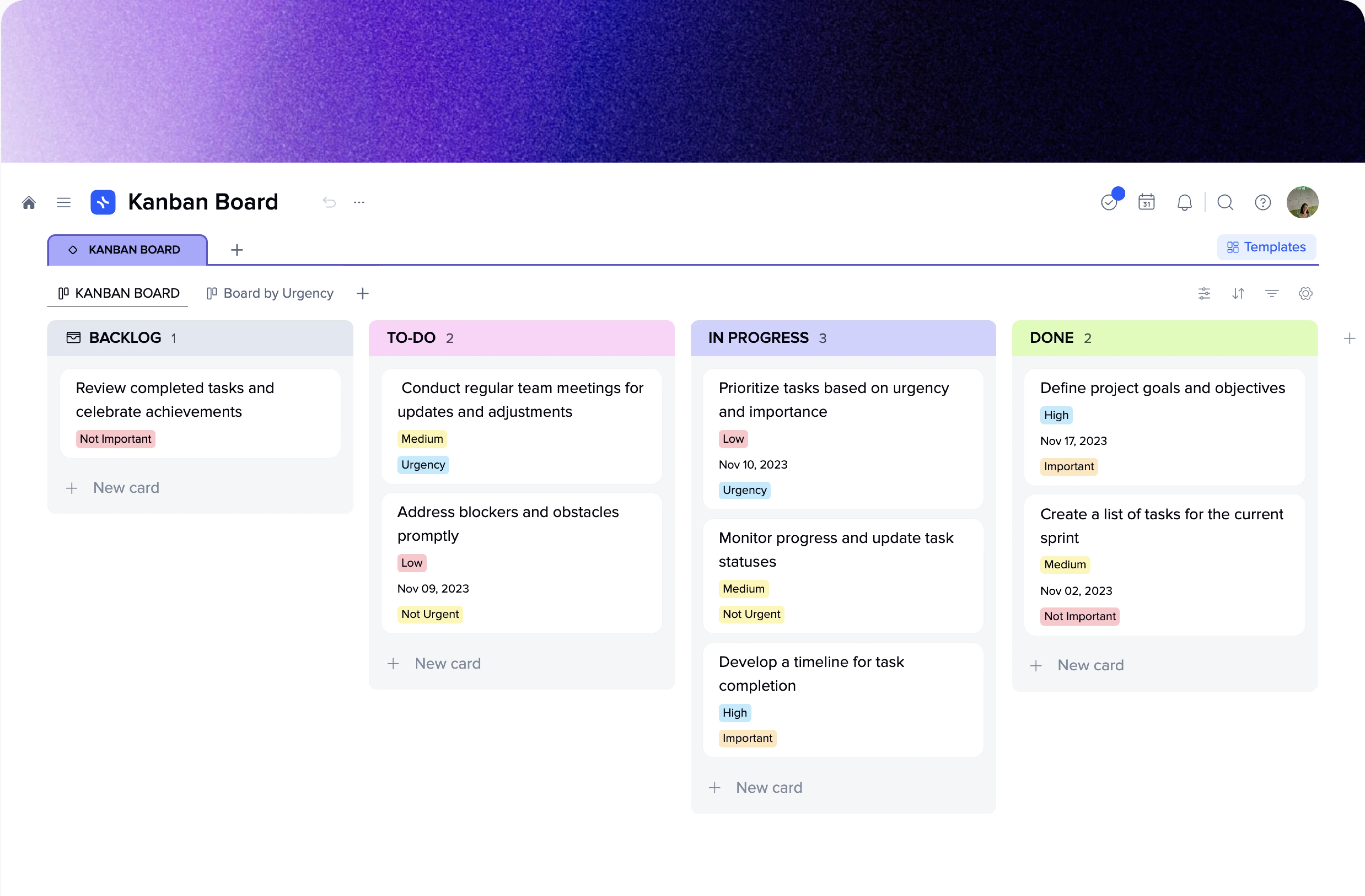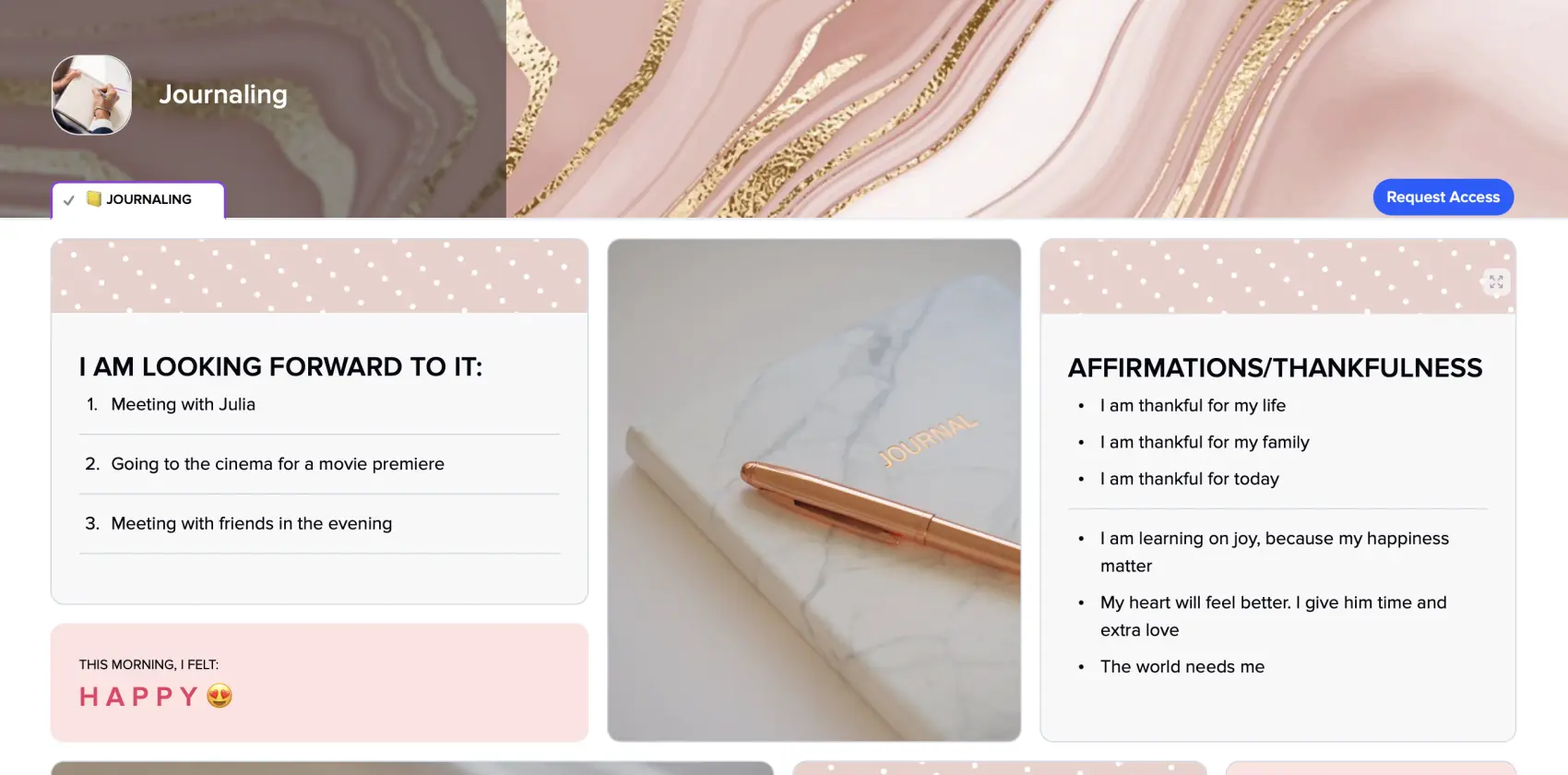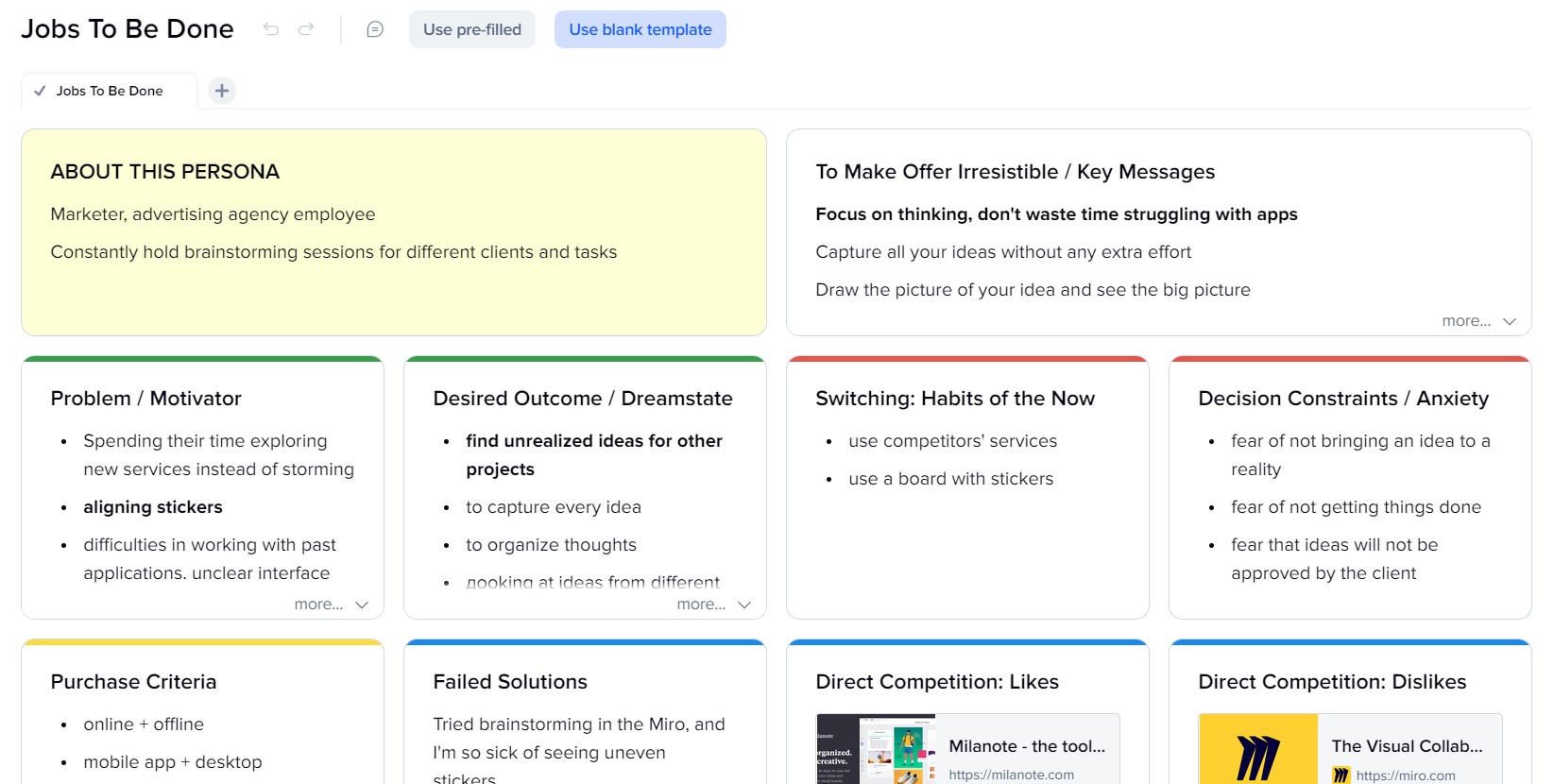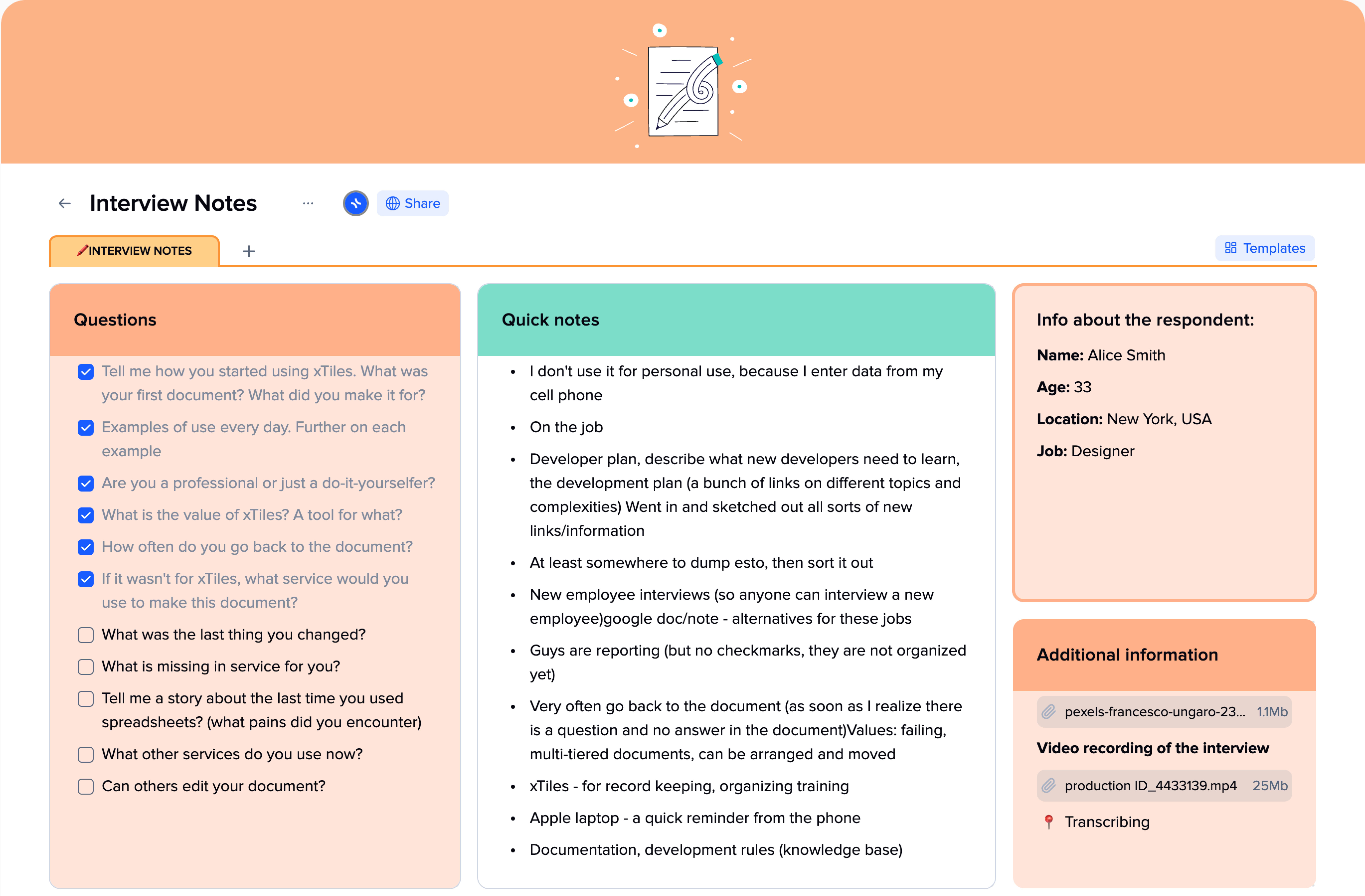What is a lesson plan?
Being a teacher is hard and rewarding at the same moment. However, what if you could keep the “rewarding” part but eliminate, at least a bit, a “hard” part? Lesson plan templates are a useful tool that will save time and help deliver the information to your students in an easy and organized way without missing important details.
Have you ever seen “Dead Poets Society”? All the unorthodox teaching methods the Robin Williams character applied to help his students make their lives extraordinary have won the hearts of many young or future-to-be teachers or students.
By romanticizing a teacher’s routine, the film hides what is as necessary for a teacher as being inspirational – lesson plans and consistency.
Every comprehensive lesson requires previous research. Improvising should be a supportive tool, not the main one, if you want to present the information in an easy-to-remember way.
A lesson plan is a detailed document prepared by a teacher to map out everything that will be going on in the classroom during a lesson, day, week, etc. Its main purpose is to help teachers and students keep track of everything they are currently working on.
Teacher lesson plan templates are ready-to-use documents that allow you to write down everything you want to present in the classroom during a certain period of time.
If a lesson plan is here to save time and ease teachers’ lives, a lesson plan template multiplies the effect, saving even more time.
However, teachers aren’t the only ones benefiting from lesson plans. Your student will be able to better keep up with the topics you’re about to cover in a lesson.
Usually, teachers print their lesson plans and distribute them among their students or convert them into PDF files and share them with students via email or any other digital way. That’s why lesson plans’ appearance is important, and that’s where templates come in handy.
Also, lesson plans are suitable for students of different kinds and ages. For example, a kindergarten lesson plan template, or you may know it as a preschool lesson plan template, will help you arrange activities and study for youngsters in a way you can grasp and keep their attention.
Why may you need a lesson plan?
First of all, you need lesson plans to keep you on track throughout the unit, academic year, or month. There is a lot to handle if you’re a teacher, and a lesson plan will make things easier to organize and structure.
If you’re a teacher, you are aware of how important it is to win your students’ respect. Without it, the chances you can teach them something will drop quickly.
Lesson plans probably aren’t the tool to win respect and hearts. However, they are definitely tools to keep it steady or growing. Imagine you decided to rely on your improvisation skills because the topic seemed too familiar and easy. And now, you’ve got lost in front of your class. What would be your reaction? What would be the students’ reaction?
Also, it’s crucial to understand that lesson plans are for everyone who delivers training. You don’t have to be a part of the academic community to enjoy the benefits of lesson plans and lesson plan templates. Remember that:
- If you help your children do their homework, you may use a lesson plan to ensure they learn everything important to know about the topic.
- If you’re a driving instructor, you’re perfectly free to use a lesson plan to create the best possible routes for your students.
- If you need to make a short training course for your colleagues in your company to make them understand new techniques or approaches, you may use a lesson plan.
- If you have never delivered a public speech or lesson before, you may use a free lesson plan template to organize all the information you’re about to present to feel more confident.
If a student takes a course only once (as a rule), teachers return to the same data every year. Having a prepared lesson plan saves you from having to research the topic every time you start teaching the course again.
However, you will need to check whether the information is up-to-date. Discoveries happen constantly, so providing your students with the latest data on the topic is important.
Lesson plan templates for effective teaching and studying
Free lesson plan templates are widely known and used. There are pre-made documents for anyone, no matter their specific needs. Most of these lesson plan templates are editable, so if you can’t find the one that suits your needs, you may turn a basic template into one you need.
Google Docs lesson plan templates are probably the most popular because everyone is familiar with Google Docs. However, they offer a short list of options for editing and visual layout.
You may choose a basic editable lesson plan template for all your lessons, or you may get a specific template that suits your needs. For example, there are edTPA lesson plan templates, SIOP lesson plan templates, 5E lesson plan templates, etc.
Also, you can choose the needed template depending on what period you plan your studying process. That is especially important for people who undertake self-study. For example, you can choose between weekly lesson plan templates or daily lesson plan templates.
How to create an effective lesson plan using the xTiles Lesson Plan Template
Creating a lesson plan is easy, but creating an effective one is a bit harder. Here is a step-by-step guide you can use with our free lesson plan template to reach the best possible results for both parties of the studying process.
Define your lesson plan scope
Will it be a plan for one lesson? Or maybe you want to prepare a lesson plan for a whole unit to save time creating many plans?
The answer will depend on your approach to teaching and the topic itself. Many teachers prefer to break down topics into smaller ones and create detailed plans for each. It helps students to focus on short-term goals.
However, some topics are very monolithic and unsuitable for splitting. In this case, you will need to prepare a plan covering the whole topic, no matter how vast it is, without missing important details and overwhelming your students.
Don’t forget about the bureaucracy
Since your lesson plan is for organizing and structuring sake, don’t forget about formalities like date, the full name of the topic, which unit and lesson number it is, etc.
In the xTiles Lesson Plan Template, we put this data in the header of the future document, so it will be easy to find for you and your students whenever you need them, and it will be hard to skip when you start creating your plan.
Determine key learning objectives
Now, you need to identify the main objectives of your lesson. Here are three basic questions to answer to find the lesson objectives.
- What can my students learn during this lesson?
- What do I want them to know by the end of the lesson?
- How can they apply the knowledge they got during the lesson?
Concentrate on the benefits your students will get from attending your lesson and distract from the topic. This part of your plan is mainly about your students.
Plan the lesson structure
Try to divide your lesson into a couple of blocks, so the information won’t come as an unstoppable current. You may also plan some kind of small talk or share interesting facts regarding your topic between the blocks to eliminate tension.
If you lack organization, or there’s always not enough time, you may add time slots for each block to remind yourself to move faster or not be distracted by other topics or questions.
Create a section for notes and/or feedback
An empty space for notes is an important part of a lesson. Your students will take their notes and write down questions they need answers to, ideas, insightful information, etc., during the lesson.
Don’t forget about assignments
How to sum up everything you’ve just learned and discussed? Continue working on the topic at home, finding additional information independently.
Assignments and homework are inevitable parts of learning, understanding, and remembering what was learned.
Add resources and materials
Your lesson doesn’t have to be all work and no fun.
You may add links to all the interesting materials regarding the lesson topic. We suggest adding videos to help your students mix different studying activities while working on their assignments.

